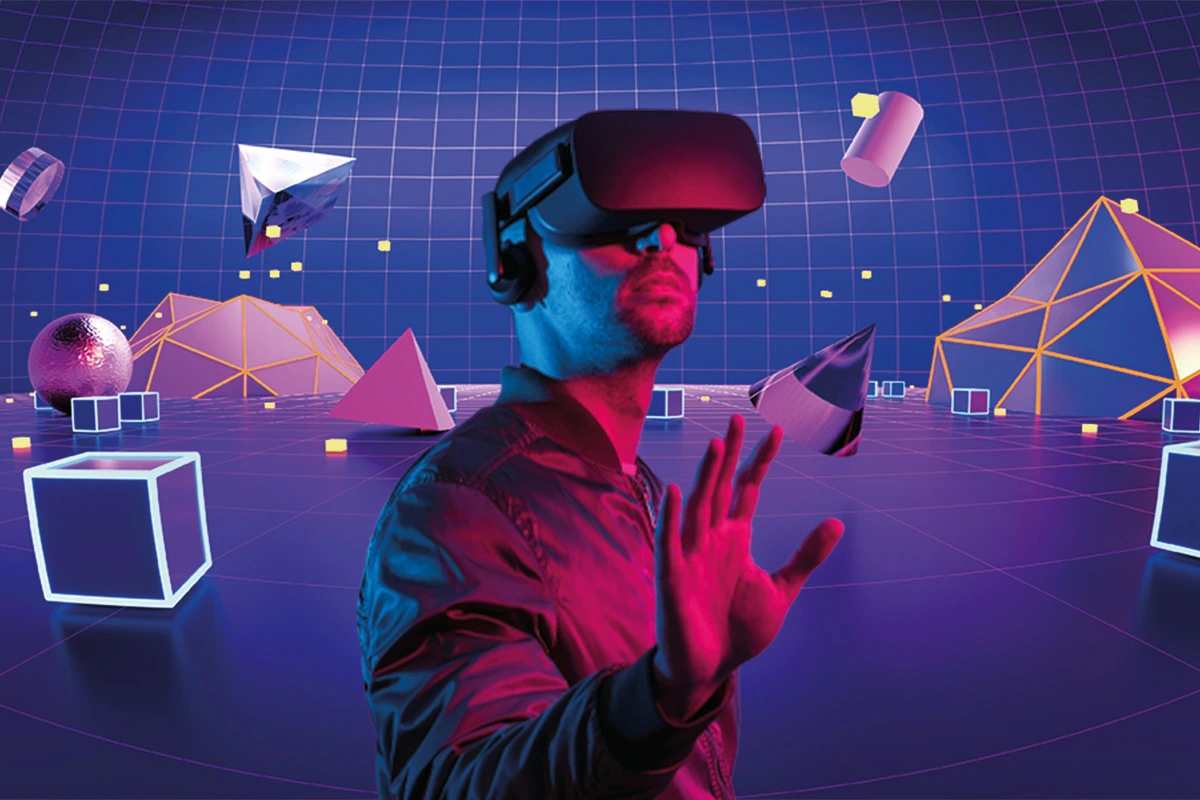Technology
The Future of Shopping: Exploring the VR Marketplace for All Your Needs

Virtual Reality (VR) is transforming the way we experience shopping. Imagine stepping into a fully immersive marketplace where you can browse, interact with products, and make purchases—all from the comfort of your home. A VR marketplace brings this vision to life, offering a new way for consumers to shop for everything from clothes and electronics to art and virtual real estate.
What is a VR Marketplace?
A VR marketplace is a digital platform where users can explore a virtual environment to shop for a wide variety of goods and services. Unlike traditional online stores, VR marketplaces allow users to navigate a 3D space, interact with products, and experience shopping in a more engaging and realistic manner.
How Does a VR Marketplace Work?
- Virtual Stores: Retailers set up virtual storefronts that mimic physical stores, complete with product displays and interactive elements.
- 3D Product Interaction: Users can pick up, inspect, and even try on virtual items such as clothes or accessories.
- Social Shopping: Shoppers can explore the marketplace with friends, ask for opinions, and make purchases together in real-time.
- Integrated Payment Systems: Secure and seamless payment options are integrated within the VR environment, allowing instant transactions.
Key Features of a VR Marketplace
- Immersive Experience: Shop in realistic virtual spaces that feel like stepping into a real-world mall or boutique.
- Customization: Users can personalize their avatars, shopping preferences, and even design their virtual homes or spaces with purchased items.
- Product Visualization: See detailed 3D models of products, view them from all angles, and understand their size and appearance more accurately than in traditional e-commerce.
- Virtual Try-On: Test how clothes fit, how furniture looks in your space, or how a new gadget might function before purchasing.
Types of Products Available in a VR Marketplace
- Fashion and Apparel: Virtual clothing, accessories, and cosmetics with try-on features.
- Home Goods and Furniture: Preview how items will look in your home using AR/VR technology.
- Digital Goods: Buy virtual assets like NFTs, game items, or digital art.
- Real Estate and Property: Browse and purchase virtual real estate for metaverse platforms.
Benefits of Shopping in a VR Marketplace
- Convenience: Shop from anywhere without leaving your home.
- Personalization: Get tailored recommendations based on your preferences and past purchases.
- Enhanced Shopping Experience: Enjoy the fun and social aspects of shopping in a fully immersive environment.
- Sustainability: Reduce the environmental impact of traditional retail operations by shifting to virtual spaces.
Challenges and Considerations
- Adoption Barriers: Not all consumers have access to VR headsets or are familiar with VR technology.
- Technical Requirements: High-quality VR experiences require powerful devices and stable internet connections.
- Content Creation: Retailers need to invest in creating realistic and engaging virtual environments, which can be resource-intensive.
The VR marketplace represents the next evolution of e-commerce, blending the convenience of online shopping with the immersive experience of physical retail. As technology advances and more consumers embrace VR, the potential for virtual shopping environments will only continue to grow, offering new opportunities for both businesses and shoppers alike.
Recent Insights
- Why an LMS System is Essential for Modern Education and Corporate Training
- Revolutionizing the Hiring Process in the IT Industry: A New Approach to Talent Acquisition
- The Rise of Quantum Computing: A New Era in Technology
- Unlocking the Future of Finance: A Case Study on Open Banking
- Rising Demand for AI and Data Science Experts in 2024: Shaping the Future of Tech